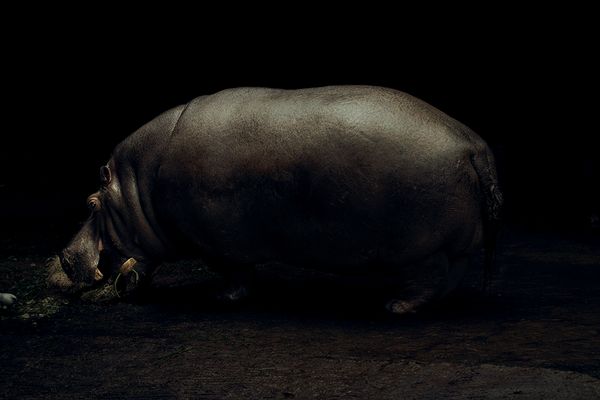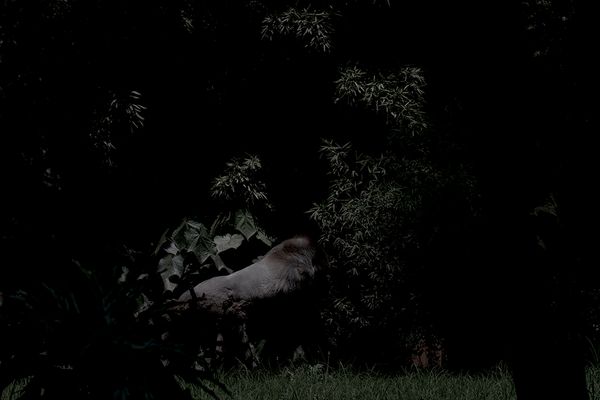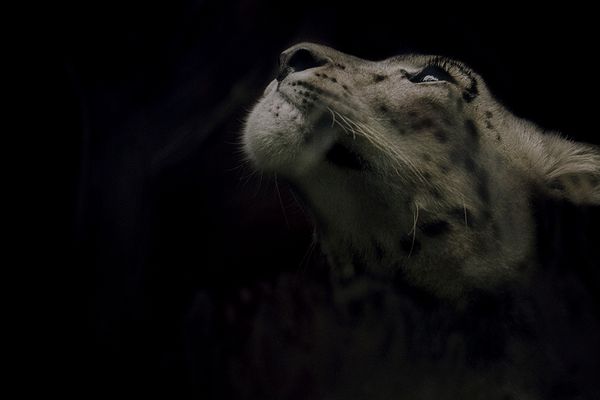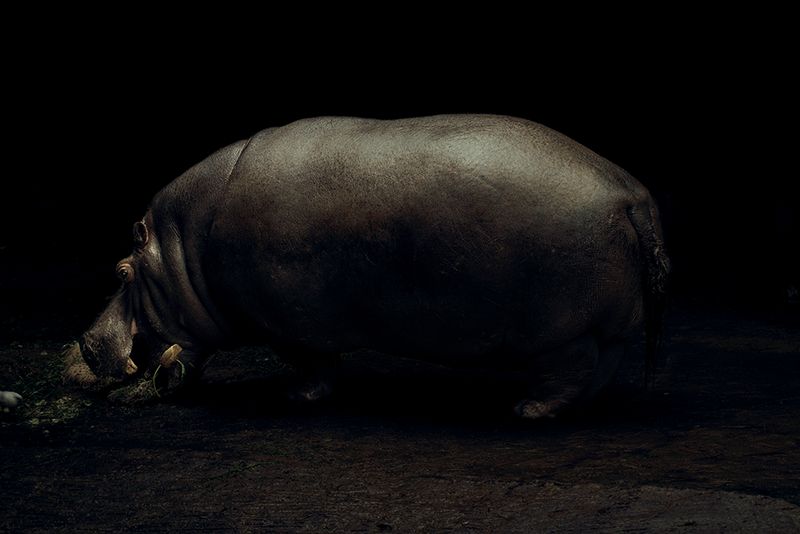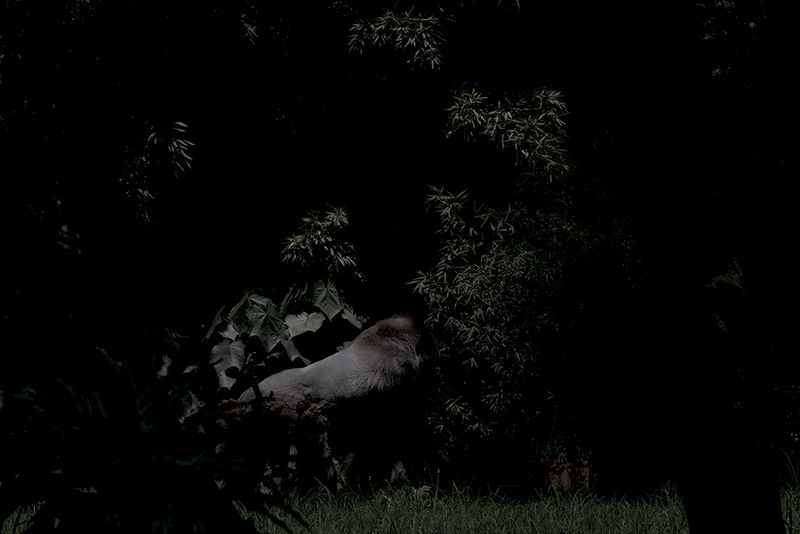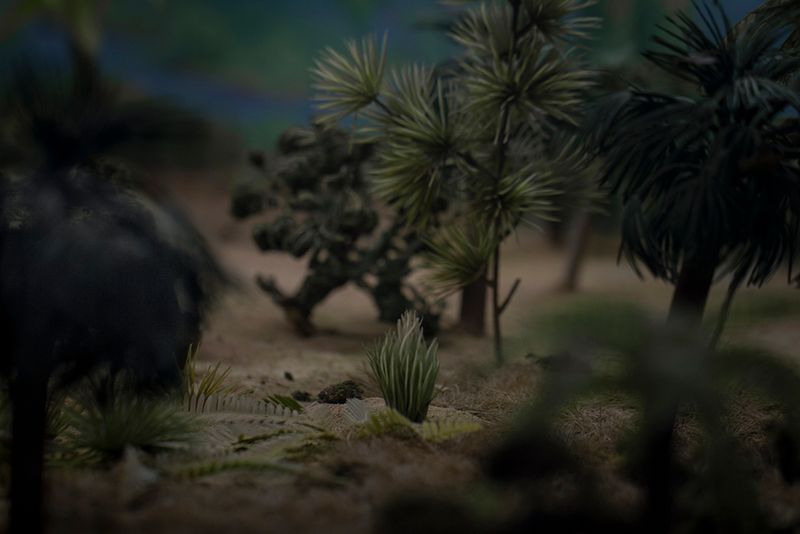Fictionalising the Natural Habitats of Animals
-
Published19 Apr 2017
-
Author
Maria Portaluppi explores how mankind makes such an effort to create fake worlds, just to offer an idea of how animals live in their real environments.
Maria Portaluppi explores how mankind makes such an effort to create fake worlds, just to offer an idea of how animals live in their real environments.
María has always had a love and interest for animals, yet she had never questioned the humane recreation environments perfectly designed to observe and study them. It was only once she set foot in Mexico City, while undertaking a photographic seminar, that she began to look deeper into these often criticised environments; zoos, natural science museums, and taxidermia.
Through her photographic study of the animals, María began to admire the effort humans have taken in recreating, almost perfectly, their natural habitats. She embarked on a project that initially looked at the animals closely, but ended studying the idea of recreating micro worlds, just to give audiences an almost perfect idea of the animal's real surroundings.
You have been working with the topic of animals for quite a while now, but you seem to always focus on it from different angles. Where does this interest in animals come from?
In my family I was always taught respect for animals. Over the years we visited new cities, and so we went to different zoos in order to see how each differ from the other. I think since that time I started to build a certain discomfort about how all of these animals are looked after in such spaces, but also how the public responds to them. There is a lack of respect towards the animals. I believe there should be more guidance and education on the subject.
I started this work with the idea of dealing with animals, but from the human side. As an exercise, I started to visit zoos frequently in order to study how these spaces interact with humans. This is how the idea of using animals as the characters of a story to address the savage behaviour of people arose. Consequently, I decided to visit other places like the Science Museum, the San Juan market, taxidermists, and the faculty of zoology at UNAM. Slowly the project started to change shape. As I was spending so much time in these places, I started to react photographically more to the actual visitor’s space per se, not to the animals, as I had initially thought so. That is how This Is Not Paradise came to realisation.
Can you talk in more detail about the spaces where you were working?
In response to the locations where I shot, it was at the zoos where I had the most freedom. Even though I wasn't allowed to walk-in with the animals, I had the opportunity to stay and stare at their behaviour for a very long time. One of the series that influenced me to work on this project was ZOO by João Castilho. The other locations where I worked, it pretty much depended upon the access time I was allowed. For instance, in the Science Museum in Mexico City and the Zoology department at the UNAM university - accessing their facilities was very important and helpful in the development of the project, however, these were more restricted since I had to depend on their timetable.
I developed this project while I was undertaking a seminar at Centro de la Imagen, at which time I also developed the project, Estado Paralelo. When I was able to find a finished point for these two projects I started to ask myself what I was doing with photography, so I decided to fully stop and see what way I wanted to go with the medium. Last year, I didn’t fully disconnect - I decided to work on the side with the production of the project Fluz, in the city of Quito, where I was able to meet great photographers, but also learn and understand their way of working. This experience helped a lot to think about the next project that I wanted to develop, which I have been thinking about for many years now. I find this project This Is Not paradise, as well as Estado Paralelo, important processes for the development of my future works.
How did you gain such a close proximity to the animals in general?
When I started this project, I knew I wanted to work with the idea of fiction. When I was taking the photographs I knew I wanted to make things an illusion - I am constantly thinking about the tone and mood I want to give to that situation. Actually, I never had access in the zoo where I produced the majority of the photographs. I used a macro lens and I waited a long time until the animal would get close. In the other locations where I shot for the project, I had closer access since I talked with the authorities in order to follow-up with the taxidermists, and the animal exhibits with the dissected animals, as well as the activities I did with the zoology faculty.
I understand that from the message of animal solitude in zoos you want to highlight their isolation or almost melancholia in these environments. Can you talk about this?
The first images I made at the zoo, during a rainy day when there was a lot of heavy weather, I witnessed the animal's vulnerability that I hadn’t seen in these locations before. The animals behaivours were so different: many were extremely scared, in despair and lonely, so I decided to take as many pictures as possible that day. After having visited the Natural Science Museum, I understood that this was the way to photograph and to continue with the dialogue of the dioramas, in order to lose the point of which animals are alive and which aren’t.
If your fascination for the zoos surges from the recreated spaces by the human to the animals, why do you decide to include portraits of the animals?
Well, the idea of the zoos or the natural science museums is to recreate animal environments depending on the place where the animal comes from. Basically, the difference is that in some places the animals are alive but in other places these animals are dissected. The function for these places is to educate, offer scientific promotion and to create an awareness, even though many people might see it only as a recreation. The objectives of these places are to teach us about nature and the animal kingdom (aside from all the critical opinions that might exist). Without animals, these places would be just landscapes - this is also why it is so important for me to show them, since these environments are dislocated and have a life on their own.
Have you considered photographing the animals, free, in their habitats?
Yes, I have considered it, especially when I was developing the project, but I had two setbacks. The first one was time and money, and the second one, it was that I truly realised that I wanted to show the animals in an urban context, and how humans have endeavoured in the almost exact replica of the animal’s habitat.
------------
María Portaluppi studied Visual Communication in Guayaqui, Ecuador where her interest for photography and film started. She then moved to Rosario, Argentina, where she continued her studies in Audiovisual Prodcution, and specialised in Direction of Photography at SICA in Buenos Aires. She is an active member of the Mexican collective, Encontraste Colectivo. To view more from her series, This Is Not Paradise, visit her PHmuseum profile.
